The future of virtual reality just got dramatically more personal. Imagine scanning your living room with a few waves of your Quest headset, then inviting friends from across the globe to hang out in that exact space—complete with every detail from your favorite coffee mug to that slightly askew picture frame. That's exactly what Meta's Hyperscape Capture technology delivers, and it's rolling out to Quest 3 and Quest 3S users right now.
The whole process feels almost magical in its simplicity. You spend just minutes walking around your space with your headset, capturing everything from furniture placement to subtle lighting nuances through the built-in cameras (Tech Buzz). Then Meta's servers take over, using Gaussian Splatting and cloud rendering to transform your raw scans into photorealistic digital twins. What makes this particularly compelling is how the technology handles those challenging details that usually trip up 3D scanning—reflective surfaces, complex lighting, even the texture of fabric on your couch—all while running on consumer hardware that costs as little as $300.
The processing pipeline itself reveals why this feels so revolutionary. While the actual room scanning takes around 15-16 minutes (Skarred Ghost), the computational transformation happens entirely on Meta's cloud infrastructure, typically requiring around 4 hours (Skarred Ghost) before you receive that notification telling you your digital world is ready to explore.
From celebrity kitchens to your living room
Meta's rollout strategy cleverly showcases the technology's versatility through high-profile spaces that demonstrate different scanning challenges. Gordon Ramsay's Los Angeles kitchen presents the perfect test case for complex environments—professional-grade appliances with reflective surfaces, intricate lighting setups, and the kind of detailed textures that would challenge any 3D capture system. The kitchen environment validates that Hyperscape can handle spaces where precision matters, from countertop surfaces to equipment placement.
Chance the Rapper's 'House of Kicks' sneaker collection tackles a completely different challenge: displaying merchandise with fine detail and accurate color reproduction. For sneaker enthusiasts, being able to virtually examine rare collections with authentic material textures and lighting represents a new paradigm for cultural access. Meanwhile, the UFC Apex's Octagon in Las Vegas demonstrates scale capabilities—capturing large athletic venues while maintaining the intimate detail that makes you feel like you're stepping into the actual competition space.
PRO TIP: These celebrity demonstrations aren't just marketing showcases—they reveal Hyperscape's ability to handle vastly different environments, from the reflective chrome of professional kitchens to the fabric textures of athletic venues, giving us insight into what the technology can achieve in our own diverse home spaces.
The technical magic behind the experience
Understanding what makes Hyperscape work reveals why it represents such a significant leap forward. At its foundation, Gaussian splatting breaks down objects into collections of three-dimensional elements that can be rendered with exceptional fidelity—think of it as a more sophisticated approach to understanding 3D space than traditional photogrammetry methods. Unlike conventional mesh-based reconstruction that often struggles with complex surfaces, Gaussian splatting excels at capturing dynamic elements like reflections, transparent materials, and fine details that would typically be lost or distorted.
The user experience breaks down into three distinct phases, each optimized for different aspects of capture quality. The initial mesh creation takes around 30 seconds as you pan your head around the room, establishing the basic spatial understanding that guides the detailed capture process. The fine detail capturing phase requires 5 to 10 minutes of methodical movement around your space, where the system captures the photographic data that will become those remarkably realistic textures and lighting effects.
The final phase happens entirely on Meta's cloud infrastructure, where the magic of transformation occurs. Processing typically ranges from 1 to 8 hours depending on your room's complexity, with the final result being cloud-streamed back to your headset using technology internally called Avalanche, delivering high-fidelity visuals at 72 or 90 frames per second. This cloud-streaming approach means the visual quality isn't limited by your headset's processing power—you're essentially accessing desktop-class rendering capabilities through your mobile VR device.
Current limitations and what's coming next
Hyperscape Capture launches with some notable constraints that shape how users can currently engage with the technology. The beta arrives without multiplayer functionality, meaning these beautifully captured spaces remain solitary experiences for now. While Meta promises private sharing links are coming, the current limitation fundamentally changes how we can think about these digital spaces—they're more like personal time capsules than social gathering places.
The rollout itself reflects Meta's cautious approach to managing server load and user expectations. Early Access targets users 18 and older with compatible Quest devices, and the deployment is gradual rather than universal, ensuring system stability as more people begin scanning their personal spaces.
For optimal capture results, the technology demands attention to environmental conditions that many users might not immediately consider. Success requires proper lighting, slow and steady movements, and careful attention to reflective surfaces—mirrors, glass tables, and highly polished surfaces can still create challenges for the scanning algorithms. The requirement to keep arms and hands close to your body during scanning also means this isn't quite as intuitive as simply walking around with your headset.
However, the roadmap reveals transformative potential just around the corner. Meta plans to integrate these personal spaces into Horizon Worlds, where avatars could visit and interact within your captured environments. This evolution would fundamentally change the value proposition—transforming Hyperscape from a personal viewing experience into a platform for genuine social connection in spaces that matter to you personally.
Where spatial computing meets social connection
The broader implications of Hyperscape extend far beyond impressive technical demonstrations—this represents Meta's strategic positioning in the evolving spatial computing landscape. With more than 20 million headsets sold and over 300 apps generating more than $1 million in revenue on the Horizon store, Meta has established the market foundation necessary to support more ambitious applications.
What makes this particularly strategic is Meta's focus on expanding VR's appeal beyond gaming demographics. The company is specifically targeting older users who may not be interested in traditional gaming applications, including partnerships with creators like James Cameron to produce compelling 3D content that emphasizes narrative and experiential value over competitive gameplay.
The democratization aspect cannot be overstated—enabling this level of 3D scanning quality on headsets as affordable as $300 essentially puts professional-grade spatial capture tools into millions of hands. Previously, creating photorealistic 3D environments required specialized equipment costing thousands of dollars and extensive technical expertise. Hyperscape eliminates those barriers while delivering results that rival traditional professional workflows.
The emotional applications reveal the technology's most compelling potential. Consider the ability to preserve spaces before major life changes—capturing your childhood bedroom before college, documenting your grandparents' living room while they're still living independently, or creating a digital memorial of spaces that hold deep personal significance. These use cases transcend entertainment and enter the realm of digital preservation and family history.
As spatial computing transitions from future concept to present reality, Hyperscape positions Meta at the intersection of several converging trends: the increasing importance of remote social connection, the growing sophistication of consumer AR/VR hardware, and the emerging understanding that the most compelling virtual experiences are those that bridge rather than replace our physical lives. Whether this becomes the breakthrough application that makes VR feel essential to everyday social interaction depends largely on how successfully Meta can deliver on the multiplayer social features that transform these captured spaces from impressive technical demonstrations into genuine platforms for human connection.




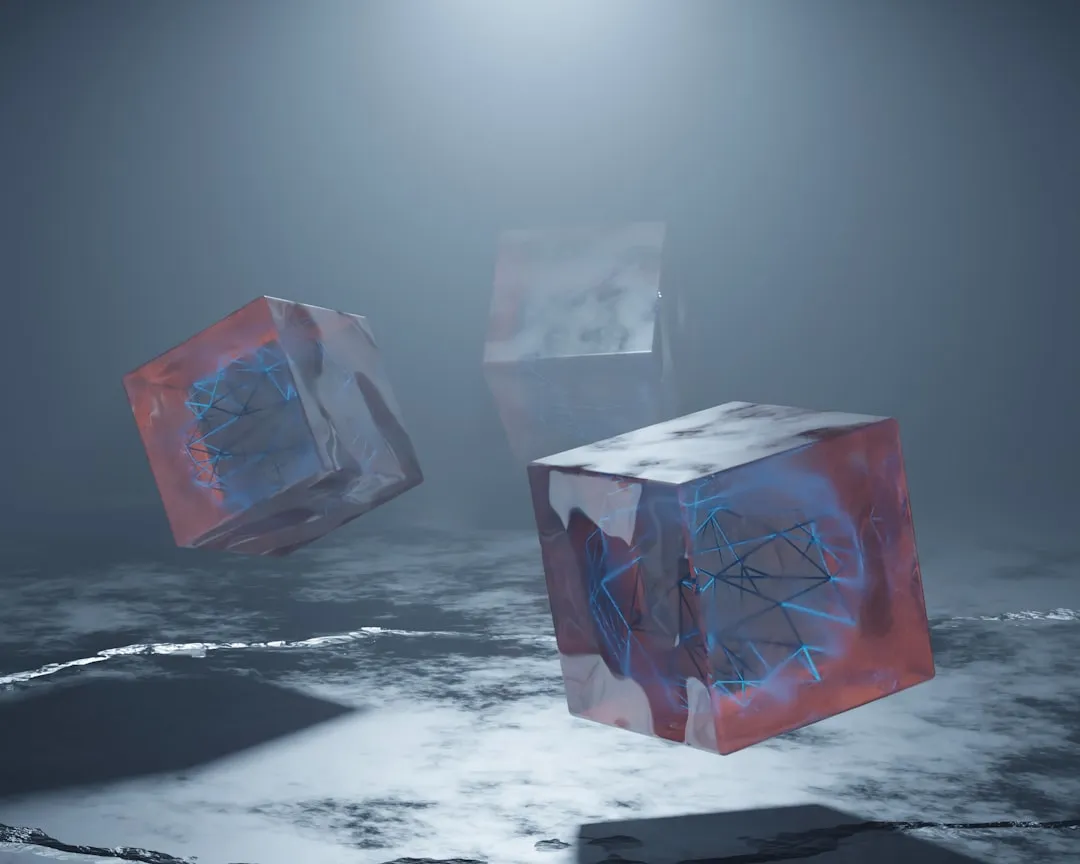

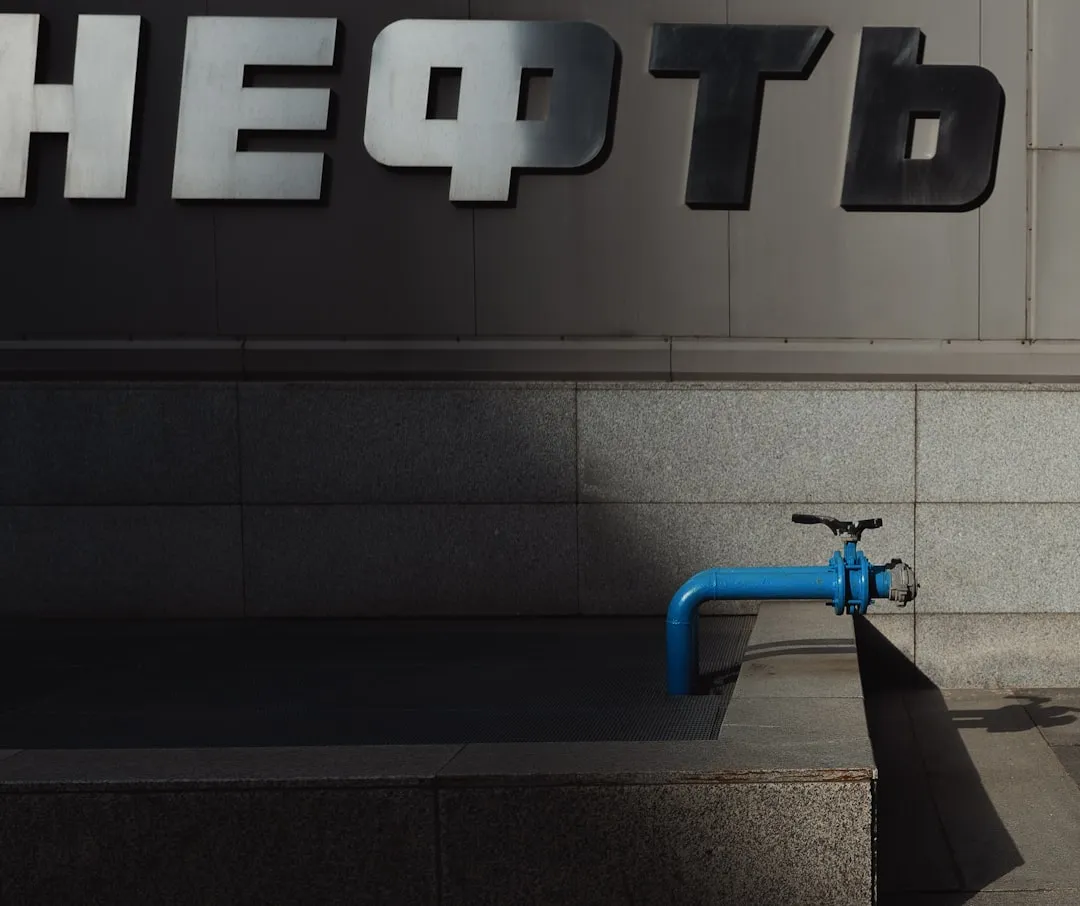




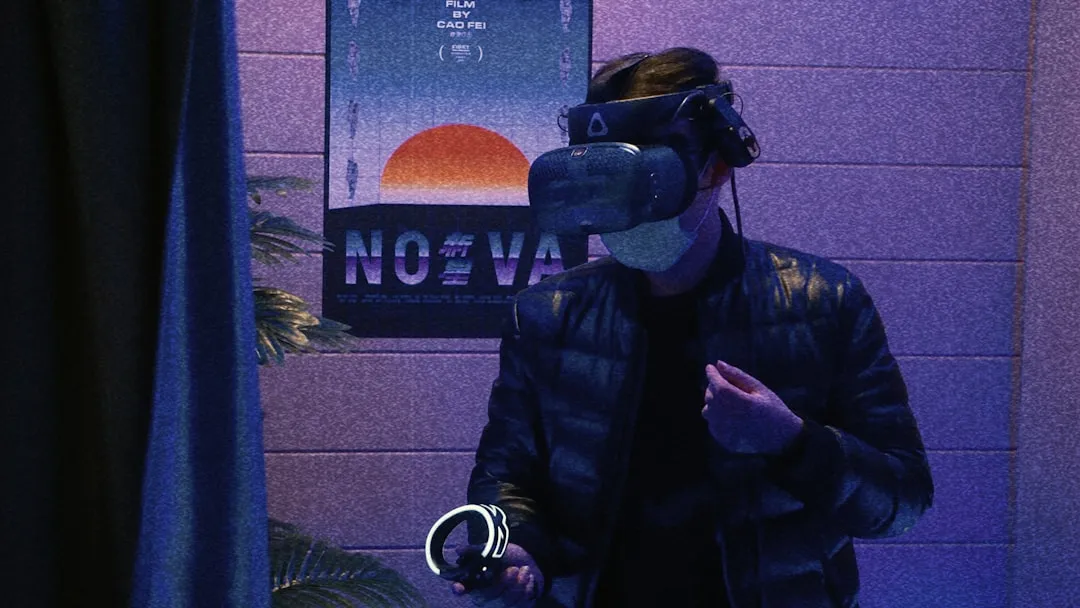
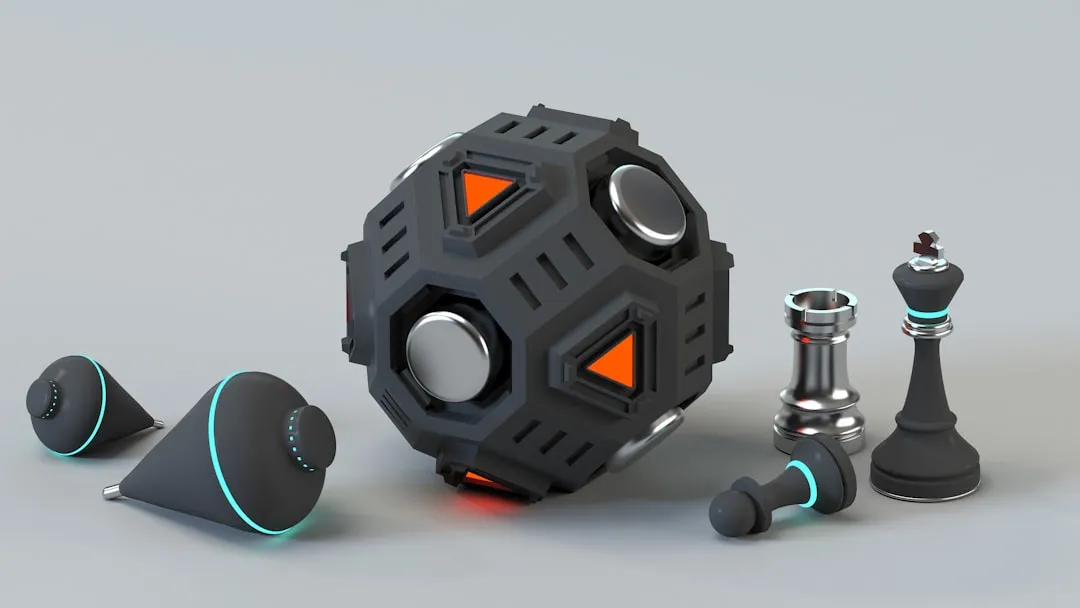
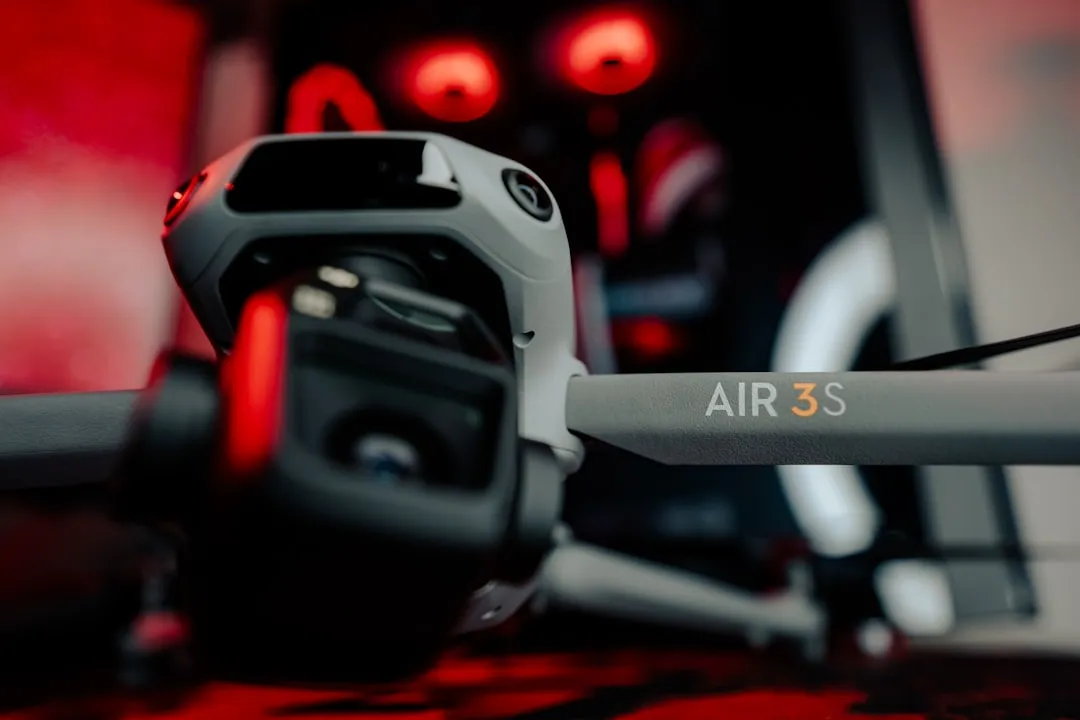

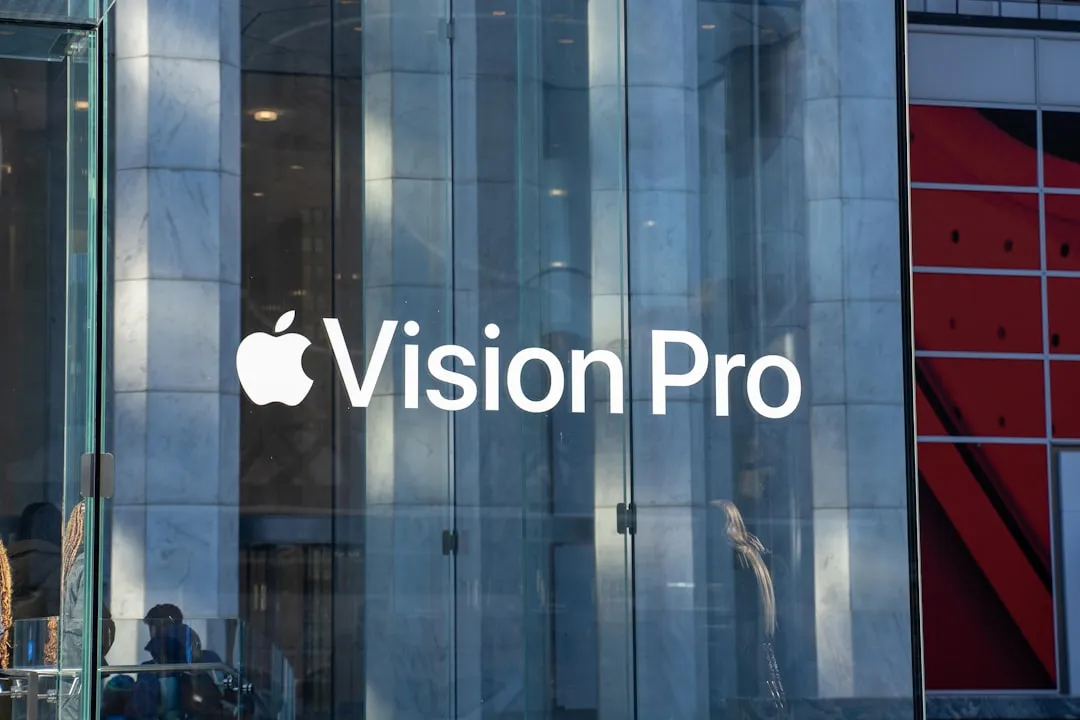

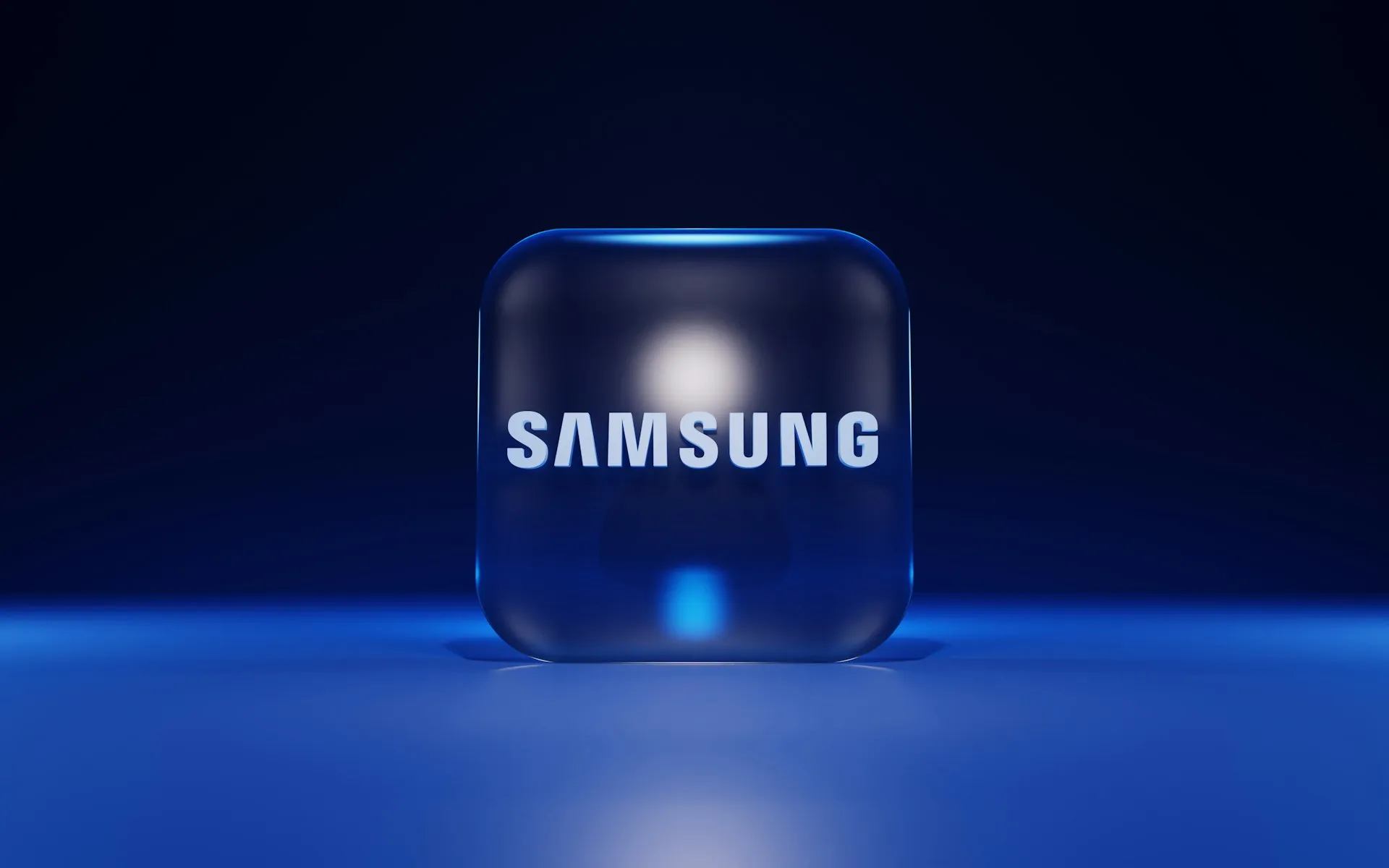


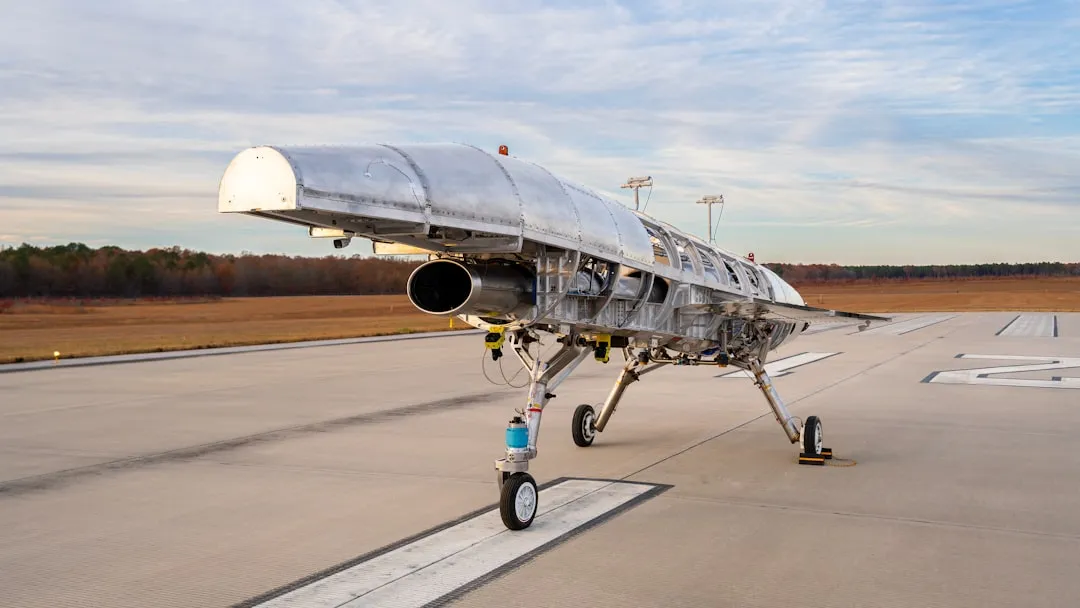

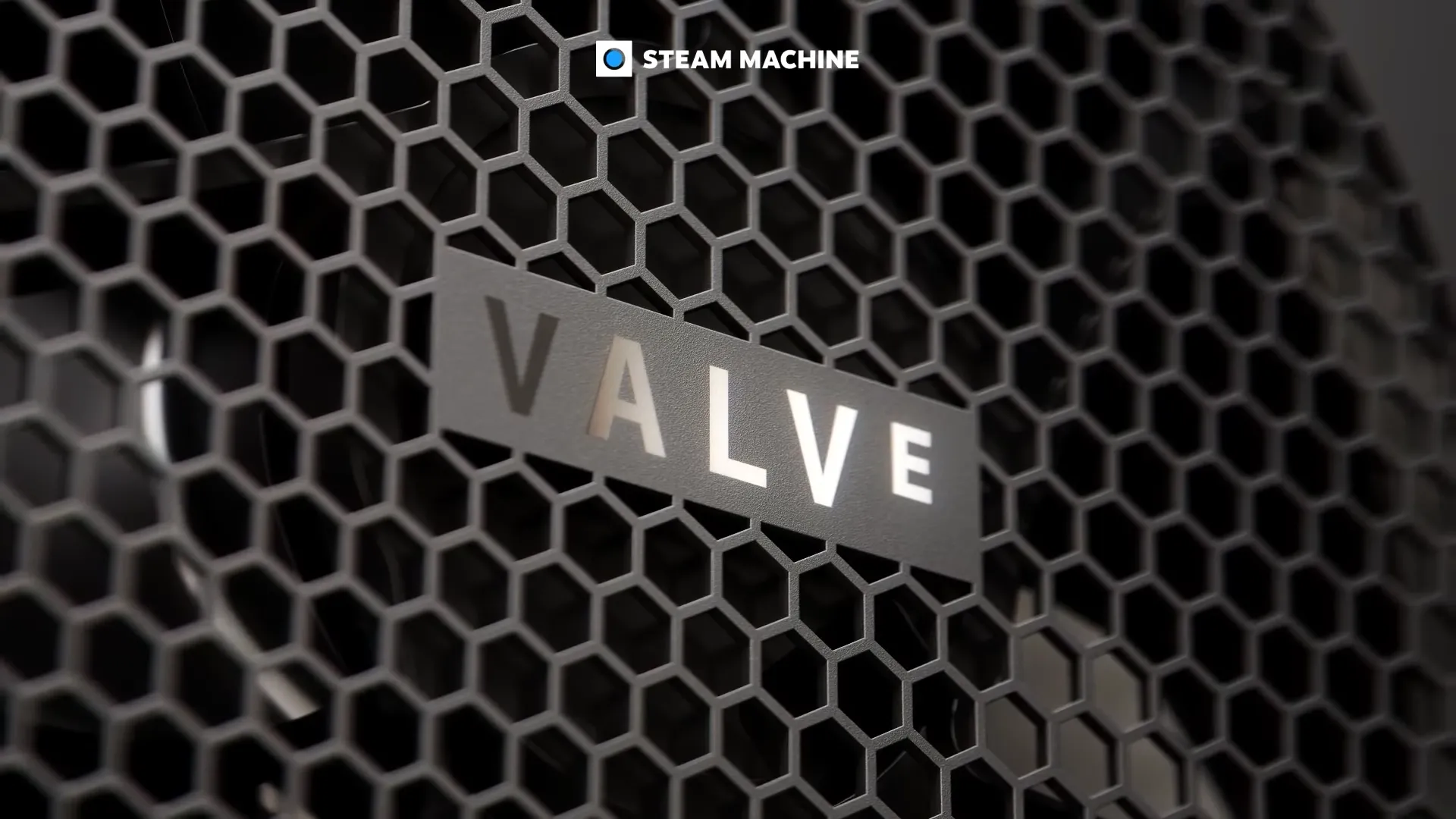
Comments
Be the first, drop a comment!